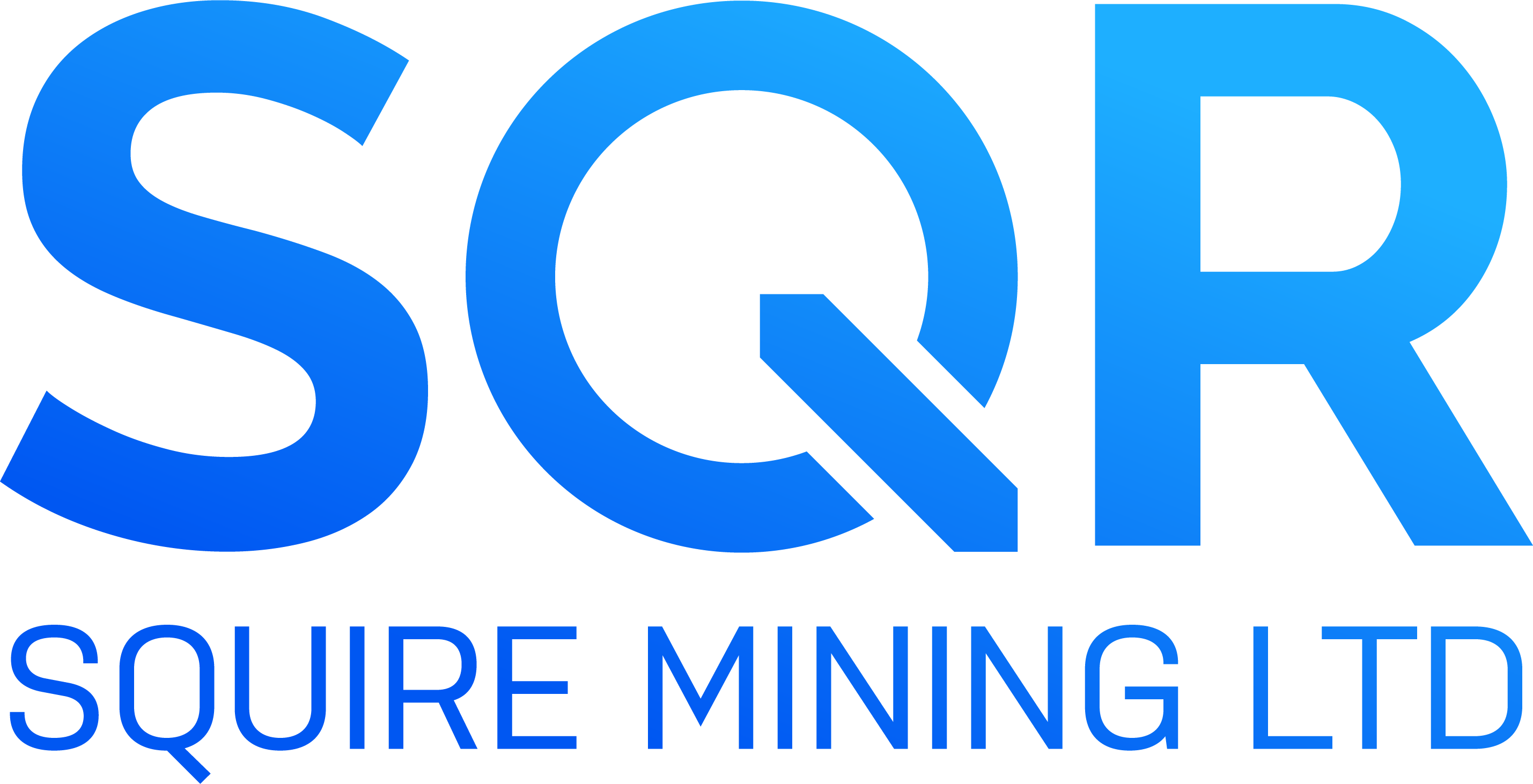Chinese cryptocurrency mining manufacturing giant Bitmain has introduced two new mining options to its Antminer line. They’re both reportedly 7 nanometer (nm) miners, which is about all the company offered in the way of details.
In a Twitter post yesterday, Bitmain announced the launch of the miners, stating, “We are officially announcing the release of our new 7nm miners which possess industry-leading hash rates designed to mine with the SHA256 algorithm. Two models will be offered, the Antminer S15 and T15. Available for purchase on 11/8 [Nov. 8].”
“Industry-leading hash rates” don’t really indicate anything. Looking at the company’s website, there didn’t appear to be any new information, either, and the picture provided to represent the equipment is nothing more than a silhouette of what looks to be part of a normal mining rig.
It seems a little odd that the company would be pushing out new miners without offering any specifications. Squire released full details on a mining option that isn’t even ready to be distributed yet.
This would seem to be more of a ploy to generate interest in the company’s impending, and delayed, initial public offering (IPO), than an announcement of a spectacular advance in the world of cryptocurrency mining. With a large chunk of its assets tied up in product that it hasn’t been able to move due to a decline in mining interest globally, offering new mining options seems to be counterproductive to increasing the company’s profit margin.
Only two days ago, reports surfaced that Bitmain could be close to losing several agreements with suppliers of chips for its mining equipment. It reportedly owed the Taiwan Semiconductor Manufacturing Company $1 billion, of which it was able to (finally) repay $700,000. It still has to pay the $300,000 balance. Accumulating debt of $1 billion doesn’t seem to be a solid financial decision.
The growing amount of debt, the number of false representations the company has made and a loss of control of market share are taking a serious toll on the company. Its planned IPO, and an application filed with the Hong Kong Stock Exchange for the IPO, have been called into question and are seriously questioning the legitimacy and financial integrity of the company.
It might be time to put the clamps down on the company and allow regulators to take an in-depth look at how viable the company is before allowing it to move forward.
Note: Tokens on the Bitcoin Core (segwit) Chain are Referred to as BTC coins. Bitcoin Cash (BCH) is today the only Bitcoin implementation that follows Satoshi Nakamoto’s original whitepaper for Peer to Peer Electronic Cash. Bitcoin BCH is the only major public blockchain that maintains the original vision for Bitcoin as fast, frictionless, electronic cash.
The post Bitmain announces new mining chip, shies away from details appeared first on Coingeek.
Even though reports have been flying around about a decrease in cryptocurrency mining, there is still—and always be—a need to have miners behind the networks. Bitmain’s Antminer line of products may have once been the leading solution, but new players in the market have started to take away large parts of Antminer’s control. None may be as successful as a new miner being introduced by Pangolin, the Whatsminer M10.
The Whatsminer M10 is a 16 nanometer (nm) ASIC (application specific integrated circuit) miner that includes a CPU. It is specifically designed for the SHA256 algorithm and can mine either Bitcoin BCH or Bitcoin Core (BTC) at 33 terahashes per second (TH/S).
Whatsminer M10 Introducing video:https://t.co/M8ht7EXRDt
33Th/s. 2145W Bitcoin Miner
Pre-order now: https://t.co/RLstPsKuyX pic.twitter.com/rJRHNnD2D5— Pangolinminer (@Pangolinminer) August 14, 2018
What makes it particularly interesting is its power consumption. The M10 consumes 2145W, which—at 33 TH/S—breaks down to 65W per terahash (W/TH). An offshoot of the M10, the M10S, processes 55 TH/S and its power consumption is 3575W, resulting in the same 65 W/TH rating. A YouTube video showcasing the miners can be found here.
By way of comparison, most ASIC miners, including those offered by Bitmain, are around 85-100 W/TH. Given that the M10 is a 16nm chip, its statistics are made even more impressive.
Curiously enough, the man behind Pangolin, Yang Zuoxing, has ties to Bitmain. He actually gave Bitmain its head start in the game before Bitmain allegedly ran off with his concepts. Since then, however, Bitmain has not been able to repeat the technology and several of its products have failed to capture the market’s attention. Pangolin and Bitmain are now embroiled in a patent dispute over their differences.
Undoubtedly, Pangolin’s M10 and M10S will further erode Bitmain’s position in the mining market. Given the string of bad news the company has had to deal with over the past couple of months, this certainly won’t bode well for its future. Bitmain reportedly already has an overwhelming surplus of mining equipment that it hasn’t been able to move out of storage, and more efficient offerings like Pangolin’s will only exacerbate the issue.
This new Pangolin miners are available now for ordering, but the company won’t begin shipping for about another month. That’s perfect timing, as it gives miners enough time to place their new orders and start looking for possible candidates to purchase their old, clunky rigs.
Note: Tokens on the Bitcoin Core (segwit) Chain are Referred to as BTC coins. Bitcoin Cash (BCH) is today the only Bitcoin implementation that follows Satoshi Nakamoto’s original whitepaper for Peer to Peer Electronic Cash. Bitcoin BCH is the only major public blockchain that maintains the original vision for Bitcoin as fast, frictionless, electronic cash.
The post Pangolin brings a newer, better crypto miner to market (Sorry, Bitmain) appeared first on Coingeek.
Even though reports have been flying around about a decrease in cryptocurrency mining, there is still—and always be—a need to have miners behind the networks. Bitmain’s Antminer line of products may have once been the leading solution, but new players in the market have started to take away large parts of Antminer’s control. None may be as successful as a new miner being introduced by Pangolin, the Whatsminer M10.
The Whatsminer M10 is a 16 nanometer (nm) ASIC (application specific integrated circuit) miner that includes a CPU. It is specifically designed for the SHA256 algorithm and can mine either Bitcoin BCH or Bitcoin Core (BTC) at 33 terahashes per second (TH/S).
Whatsminer M10 Introducing video:https://t.co/M8ht7EXRDt
33Th/s. 2145W Bitcoin Miner
Pre-order now: https://t.co/RLstPsKuyX pic.twitter.com/rJRHNnD2D5— Pangolinminer (@Pangolinminer) August 14, 2018
What makes it particularly interesting is its power consumption. The M10 consumes 2145W, which—at 33 TH/S—breaks down to 65W per terahash (W/TH). An offshoot of the M10, the M10S, processes 55 TH/S and its power consumption is 3575W, resulting in the same 65 W/TH rating. A YouTube video showcasing the miners can be found here.
By way of comparison, most ASIC miners, including those offered by Bitmain, are around 85-100 W/TH. Given that the M10 is a 16nm chip, its statistics are made even more impressive.
Curiously enough, the man behind Pangolin, Yang Zuoxing, has ties to Bitmain. He actually gave Bitmain its head start in the game before Bitmain allegedly ran off with his concepts. Since then, however, Bitmain has not been able to repeat the technology and several of its products have failed to capture the market’s attention. Pangolin and Bitmain are now embroiled in a patent dispute over their differences.
Undoubtedly, Pangolin’s M10 and M10S will further erode Bitmain’s position in the mining market. Given the string of bad news the company has had to deal with over the past couple of months, this certainly won’t bode well for its future. Bitmain reportedly already has an overwhelming surplus of mining equipment that it hasn’t been able to move out of storage, and more efficient offerings like Pangolin’s will only exacerbate the issue.
This new Pangolin miners are available now for ordering, but the company won’t begin shipping for about another month. That’s perfect timing, as it gives miners enough time to place their new orders and start looking for possible candidates to purchase their old, clunky rigs.
Note: Tokens on the Bitcoin Core (segwit) Chain are Referred to as BTC coins. Bitcoin Cash (BCH) is today the only Bitcoin implementation that follows Satoshi Nakamoto’s original whitepaper for Peer to Peer Electronic Cash. Bitcoin BCH is the only major public blockchain that maintains the original vision for Bitcoin as fast, frictionless, electronic cash.
The post Pangolin brings a newer, better crypto miner to market (Sorry, Bitmain) appeared first on Coingeek.

